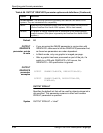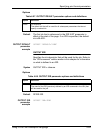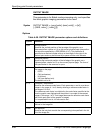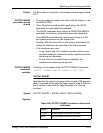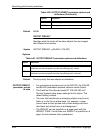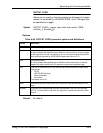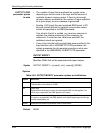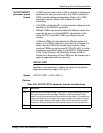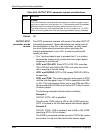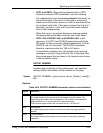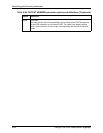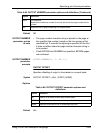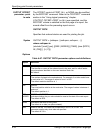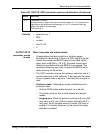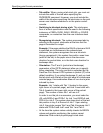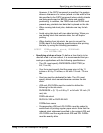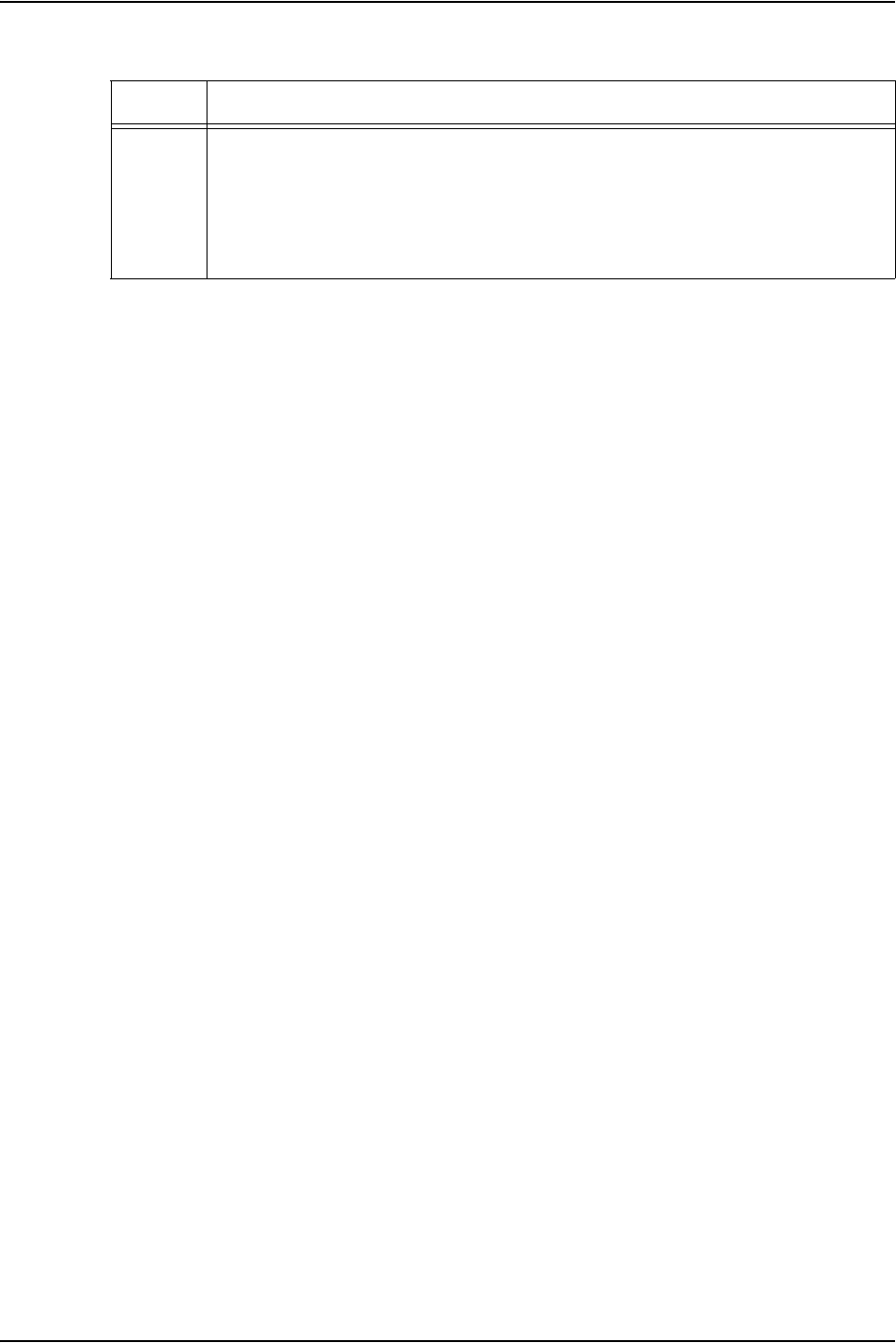
Specifying print format parameters
4-66 Using LCDS Print Description Language
Default NO
OUTPUT NTO1
parameter: points
to note
The NTO1 parameter interacts with some of the other OUTPUT
command parameters. These interactions can cause some of
the specifications in the JSL to be overridden. In other cases,
you must follow special procedures when specifying the
interacting parameters in your JSL, in order to produce the
results you want.
• N to 1 printing takes longer to process than 1 to n printing
because the system must process the entire report before
beginning to print the job.
• NTO1 and COLLATE: When NTO1=YES, PDL overrides
COLLATE=NO with COLLATE=YES, and notes this action
with a warning in the JSL listing.
• NTO1 and FACEUP: NTO1=YES causes FACEUP=YES to
be specified.
• NTO1 and 1TON: The system assumes each report is NTO1
until the first data page, even if 1TON is specified in the JDE
or JDL. This arrangement allows you to use JDEs and JDLs
that are selected by DJDEs and invoke NTO1 after a series
of banner pages.
The following examples illustrate these conditions:
Example 1:
OUTPUT NTO1= NO is specified.
The job prints 1TON unless a JDE or JDL DJDE specifying
NTO1 is invoked in the first data record after banner pages.
Example 2:
OUTPUT NTO1= YES is specified, and a JDE or JDL DJDE
specifying NTO1= NO is invoked.
The DJDE is processed and the job prints 1TON if the system
encounters it in the first data record after banner pages.
n number.
The NTO1 threshold, which specifies the maximum number of pages a report
may have in order for it to be printed n to 1. If the threshold count is exceeded
before the end of the report, the system prints the entire report 1 to n.
The default value of n is 50 physical sheets, but n may range from 1 to 32767.
When a value is greater than 100, the system generates a warning message.
Table 4-64. OUTPUT NTO1 parameter options and definitions
Option Definition



